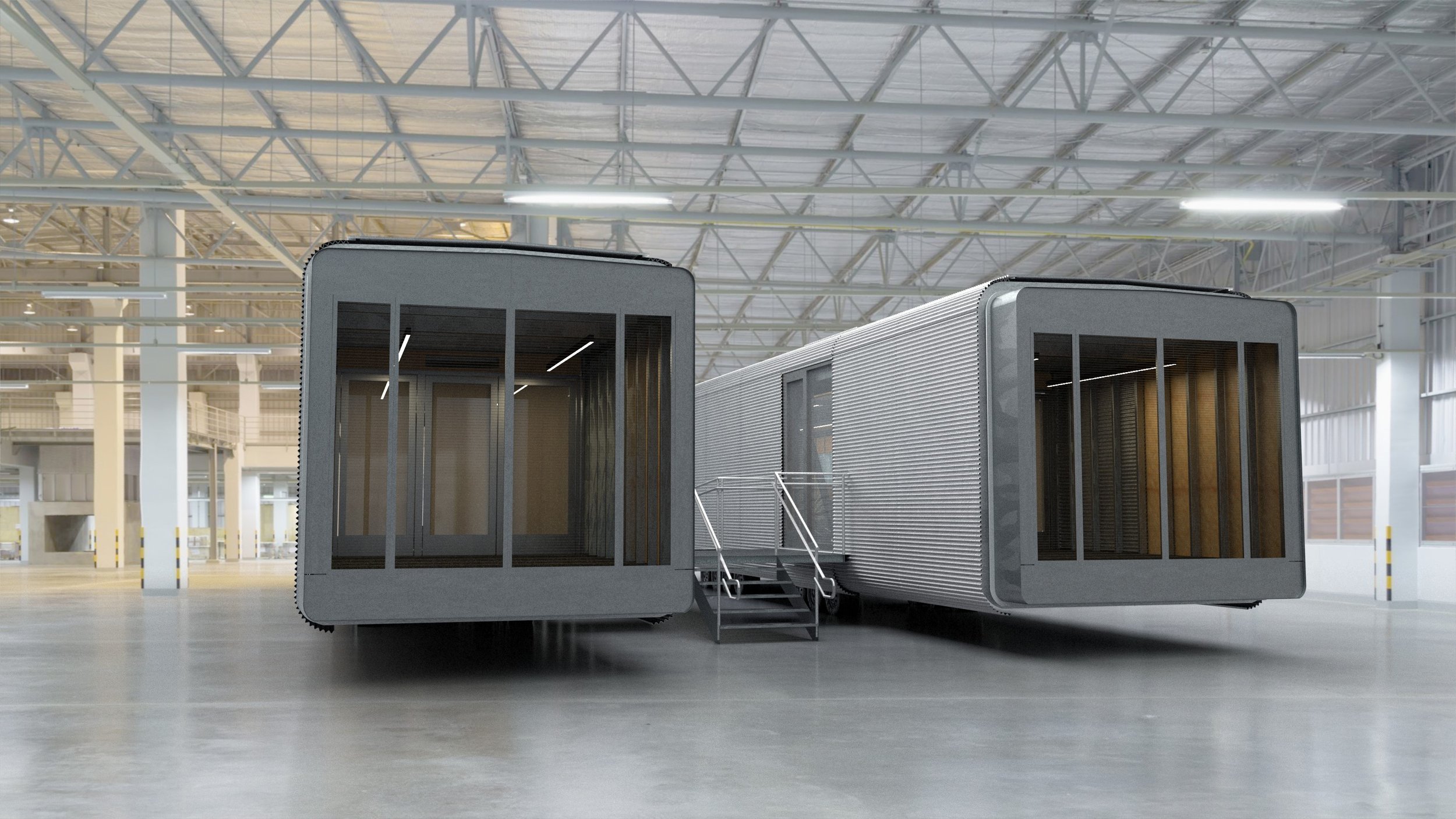OUR METHOD
CONTEXT
-
One of the first roles of architecture is to create a space for public life. To do so, we create great public streets, vistas and spaces that enrich the experience of the community and the appreciation of its most important institutions. We design individual buildings as elements that are part of the greater whole.
CULTURE
-
Architecture is a manifestation of the values and priorities of a culture. It forms the stage for human activity. Communities reflect specific characteristics based on their history, climate, and geography. The role of architecture is to facilitate human activities, to reinforce communal identity, and to reflect a progressive attitude that looks to the greatest good of humanity.
NATURE
-
As human population and economic activities expand, it has become imperative that we maintain a balance with nature. Architecture must support our awareness of the natural world and tread as lightly as possible upon it. As architects, we combine environmental principles gained from regional building traditions with state-of-the-art computer modeling and analysis. Doing so, we are able to create buildings that are informed by climate and landscape, maintain human health, and conserve resources and energy.
SUSTAINABILITY
-
Achieving sustainability is not a matter of simply adding technological devices to architecture. It is a joining of fundamental ecologically determined design strategies with state of the art control and analysis technologies. We begin with the ideal concept of creating a building for maximum longevity. In this regard, sustainability is often allied with preservation.
POETICS
-
The poetic content of architecture comes from a profound understanding of the symbolic power of architectural ideas. Architecture without poetic inspiration cannot engage the soul. The poetic interaction of form, material, and structure can provoke emotional and intellectual understanding, which engages the breadth of human perception.
CONSTRUCTION
-
Construction is the medium of architecture. The mastery of that medium allows architecture to transcend pure form or style. Tectonics, or the art of building, illustrates and deepens the understanding of architectural ideas. Form, concept, structure, and material are inseparable elements in a complete work of architecture.
OUR MISSION
We feel that well designed environments support social cohesion, balance human activity with nature, and intensify our experience of the world around us. Founded on the modernist legacy of design clarity and technical innovation, our work seeks to take advantage of new materials and evolving technologies to meet the challenges of today, including global warming, scarce resources, and rapid development.
Our approach is pragmatic. We work with the best means available to overcome the constraints of each project. Far from being a limitation, these constraints ground our work in real needs and spur research into innovating building techniques. Collaboration plays a fundamental role in this research. Within our walls, talented professionals and staff combine skills and experience to envision and produce sophisticated architecture. Beyond, we work closely with the world’s most accomplished engineers, artists, planners, technicians, and manufacturers to build projects as varied as hurricane resilient beach structures and historic urban plazas.
Whether serving public or private clients, we design with an awareness of greater demands. Our goal is to create architecture that balances competing cultural and environmental forces, such as globalization and local tradition, ecological harmony and land development, and affordability and demand. Since 1991, Garrison Architects has pursued modular construction to solve the problems of sustainability, affordability and rapid growth. Its strengths are inherent material efficiency, economy of scale and built-in quality control. In our hands, it has proved a powerful method for making humane, technologically advanced buildings that transcend mere shelter, on the one hand, and pure form or style on the other.
CONTACT US
Please fill out the form below to get in touch with Garrison Architects. Whether you have a question, want to discuss a project, or need more information about our services, we’re here to help. Provide your contact details and message, and a member of our team will respond promptly.






